Portrait of Wakara
Solomon Nunes Carvalho
1854
Image
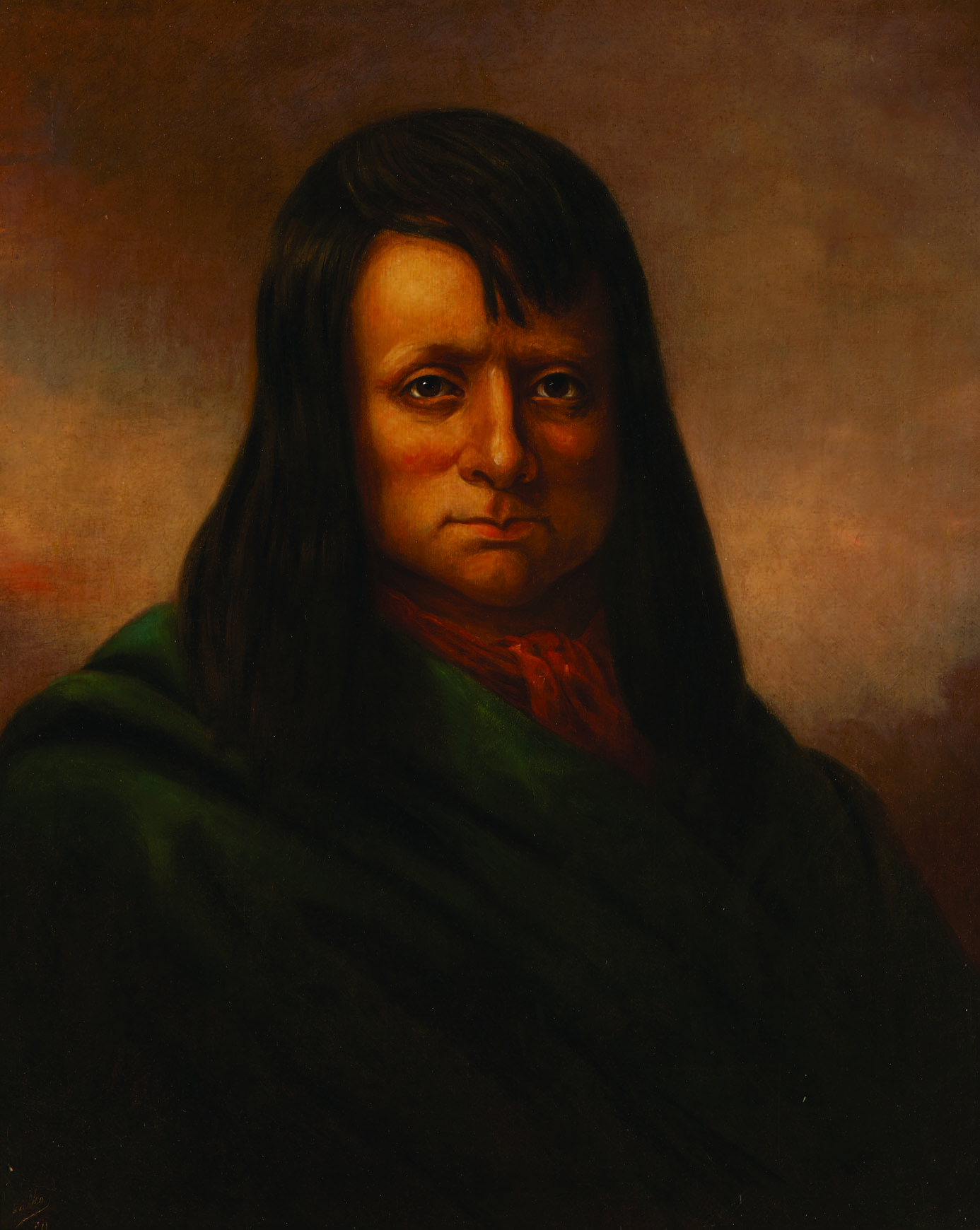
Engage with this Source
Creator Bio
Solomon Nunes Carvalho
1815–1897
Solomon Nunes Carvalho, the son of a prominent Sephardic family in Charleston, South Carolina, had a career as both a painter and a photographer. While he was a distinguished portraitist, he also painted other subjects including his childhood synagogue, Kahal Kadosh Beth Elohim. In the 1840s, Carvalho made daguerreotypes, and in 1853 and 1854, he accompanied General John C. Fremont as the official photographer for an expedition through the territories of Kansas, Colorado, and Utah. Carvalho subsequently had studios in New York, Philadelphia, Baltimore, and Charleston and was active in the Jewish communities of those cities.
You may also like
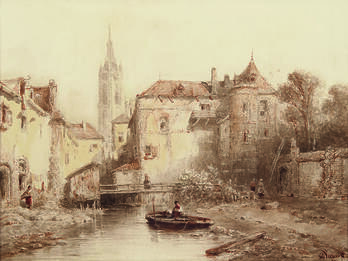
Townview with Bell Tower in the Background
This sepia watercolor-over-pencil picture is representative of the romantic landscapes and cityscapes for which Salomon Leonardus Verveer was best known. His work bridges the romantic tradition in…
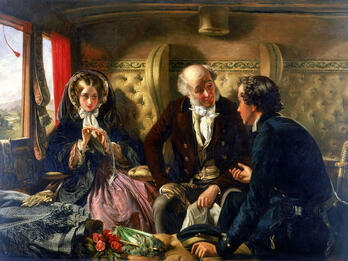
First Class—The Meeting
This is the second version of First Class: The Meeting—And at First Meeting Loved painted by Abraham Solomon. A young man in naval uniform talks with an older man and a young woman, who sits near the…
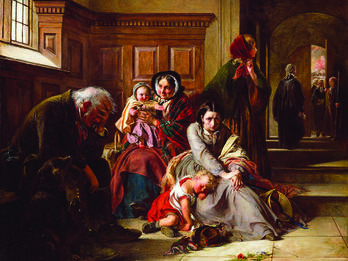
Waiting for the Verdict
Waiting for the Verdict depicts a despondent family sitting outside a courtroom, waiting for a verdict in the trial of a loved one. Through the door can be seen a judge and white-wigged lawyers…
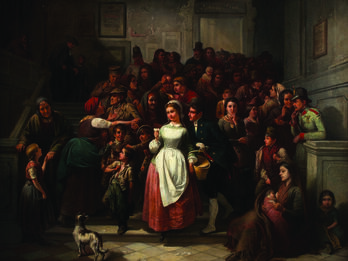
People Pouring out of a Public Building into the Street
People Pouring out of a Public Building into the Street is one of Friedrich Friedländer’s best-known works. In the mid-nineteenth century, as part of a trend in European art that was moving away from…
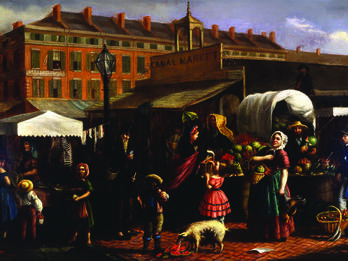
Canal Street Market
The Canal Street Market, built in 1829, was the largest and most popular market in Cincinnati, where artist Henry Mosler’s family settled after immigrating from Germany, when he was eight years old…
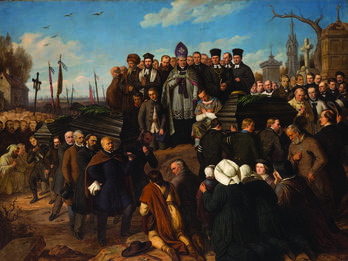
The Funeral of the Five Victims
Aleksander Lesser’s most famous painting is The Funeral of the Five Victims, which depicts the public funeral of five men shot by the Russian military on March 2, 1861, during a rally calling for…

